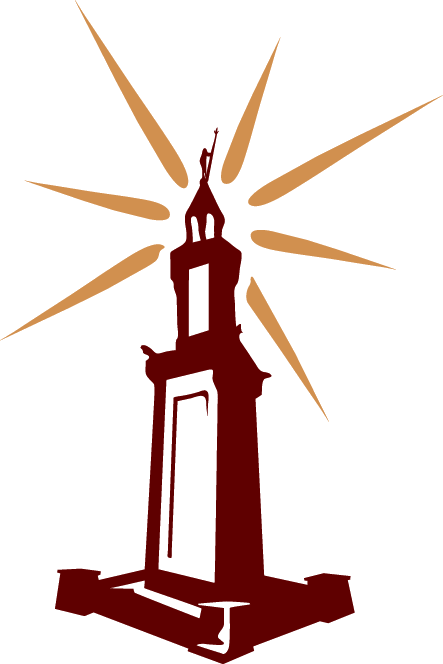15. Back to the Loom
Chapter 15. Back to the Loom Before turning to the question of larger context, it is necessary to consider one more muthos Penelope tells in Book 19: the tale of her weaving and unweaving of Laertes’ shroud. I have left Penelope’s most famous tale aside until now because it occupies a unique position in the dialogue. In general, Odysseus dominates the first part of the conversation, Penelope the second, but… Read more
